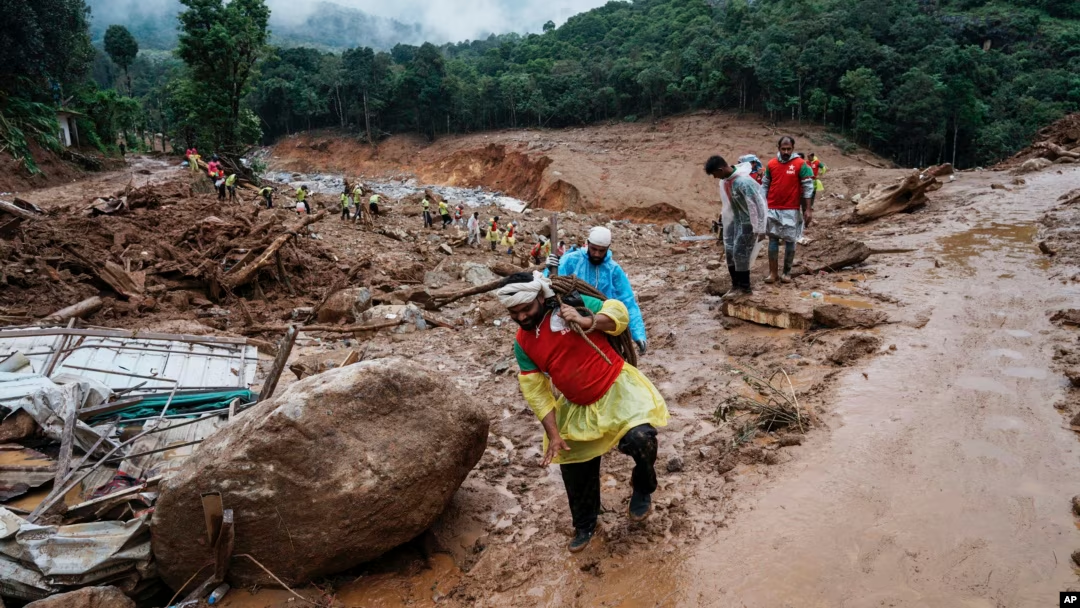
scientists have established a strong connection between the recent deadly landslides in India and the growing impacts of climate change. The landslides, which have devastated several regions, particularly in the Himalayan states, have raised concerns about the increasing frequency and intensity of such natural disasters.
The recent monsoon season has been particularly brutal, with relentless rains causing widespread landslides that have buried entire villages, blocked roads, and claimed numerous lives. According to experts, these events are no longer isolated incidents but part of a disturbing trend that is likely to worsen as global temperatures continue to rise.
Climate scientists have pointed to several factors that link these landslides to climate change. One of the most significant is the increased intensity of monsoon rains. “We’re seeing a pattern where the monsoon is becoming more unpredictable and extreme,” said Dr. Anjali Singh, a leading climate researcher in India. “This is leading to heavier rainfall over shorter periods, which significantly increases the risk of landslides in vulnerable areas.”
The Himalayan region, in particular, is highly susceptible to these changes. The mountains are young and geologically active, meaning the terrain is already prone to landslides. The added stress of intense rainfall can trigger catastrophic events, as seen in the recent disasters. “The slopes become saturated with water, and the soil, which is often loosely packed, simply gives way,” explained Dr. Singh. “In many cases, entire sections of the mountain can collapse, causing massive destruction.”
Deforestation and unplanned construction have further exacerbated the problem. As forests are cleared for agriculture and development, the natural barriers that hold the soil in place are removed, making the land more vulnerable to erosion and landslides. Additionally, the construction of roads and buildings on unstable slopes without proper geological assessments has only heightened the risk.
The human toll of these landslides has been devastating. In the past few months, thousands of people have been displaced, and hundreds have lost their lives. The economic impact has also been severe, with infrastructure damage running into billions of dollars. Rescue and relief efforts have been hampered by the challenging terrain and continued bad weather, leaving many communities cut off and in desperate need of aid.
As the link between climate change and these deadly landslides becomes clearer, scientists and policymakers are calling for urgent action. “We need to rethink our approach to development in these fragile regions,” urged Dr. Singh. “This means stricter regulations on construction, better land-use planning, and, crucially, more investment in climate adaptation measures.”
There is also a growing recognition of the need for early warning systems to prevent such disasters in the future. Advanced technologies like remote sensing and weather modeling can help predict areas at risk and provide timely alerts to those in danger. “We can’t prevent these natural events, but we can certainly reduce their impact by being better prepared,” said Dr. Singh.
In conclusion, the deadly landslides in India are a stark reminder of the urgent need to address climate change and its far-reaching consequences. As global temperatures continue to rise, the risks of such disasters will only increase, making it imperative for governments and communities to take proactive steps to mitigate their impact.
Leave a Reply